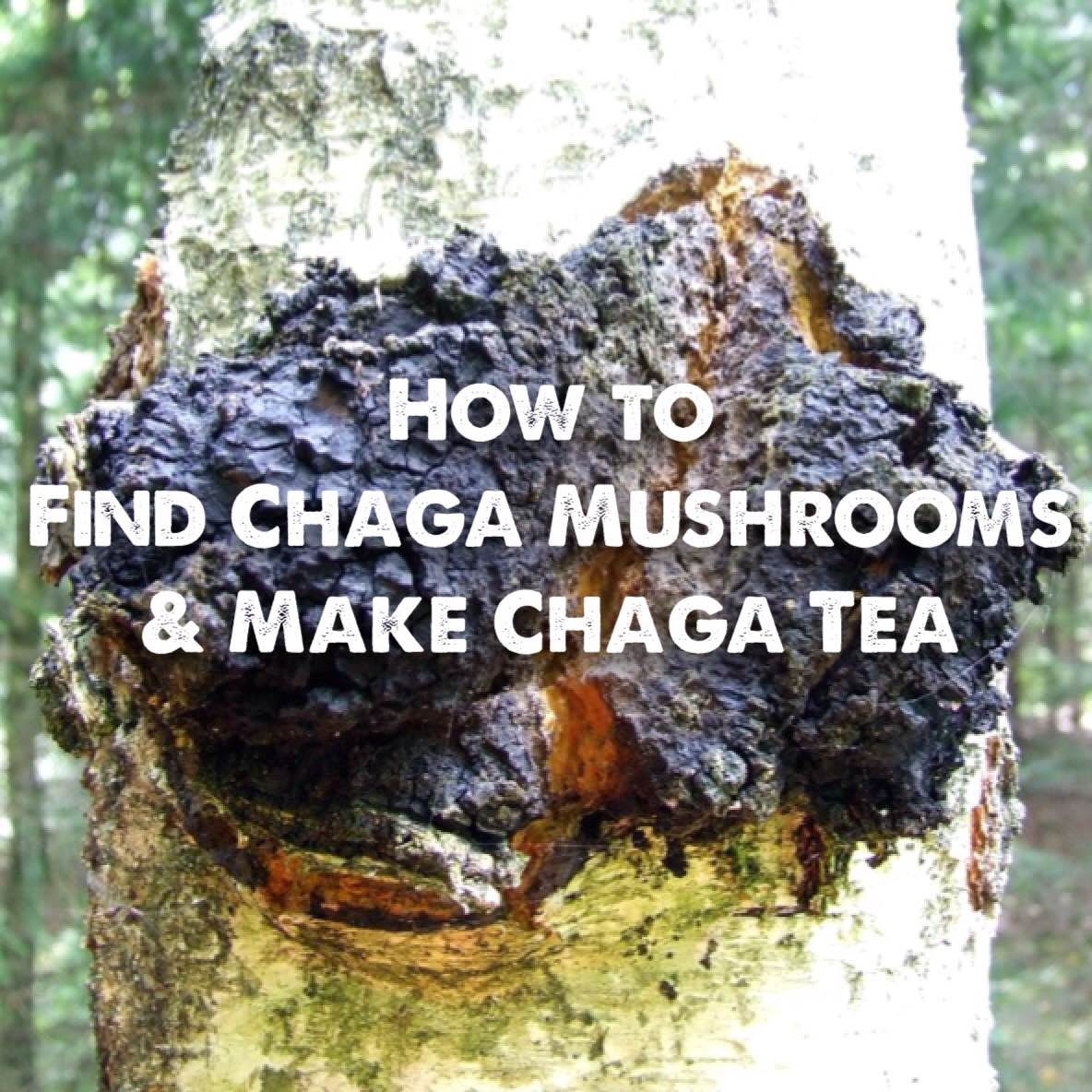This is a clip from a 2016 workshop led by Trevor Newman of Roots to Fruits, hosted by Realeyes Homestead.
Transcript:
Trevor: Gooseberries. Blackcurrant, red currant, gooseberries. It’s actually really beneficial to plant them a little bit below grade. So burying it a little bit more than you would think to. Because what they do when their wood makes contact with soil is it forms roots like an apple tree. When the wood makes contact with soil, it usually rots. These will encourage better rooting and for some reason, when you bury them they send up shoots from beneath the soil so they’ll bush out quicker. That’s a good little tip there. Even with the mulch, you could kind of pile it up around it. And actually, a lot of nurseries what they’ll do is called stool mounding So with currants and gooseberries (like say this currant was pretty big) I’d cut the entire plant down to the base and then let it sprout up a bunch of sprouts and then you just pile sawdust around those sprouts and then they’ll all root. And as they root, you just separate them from the mother plant then you’ve ‘exponentialized’ the amount of plant material. Or you what you can do is you can root these hardwood cuttings really, really easy. That’s what this is here. You’ve literally take a cutting. Late winter, early spring. No rooting hormone. Nothing. Just stick it in the soil, leave a couple buds exposed and they root 95 percent of the time.
Levi: That’s what that is, too.
Trevor: Yeah. Super easy to propagate.
Levi: And the gooseberries have small thorns on them? The berries, actually, they look like they have thorns on the gooseberries but they’re not spiky. The thorns on the branch are spiky but on the fruit you can eat it and that’s fine. They’re like hair.
Trevor: Like little hair, yeah.
Kevin: The gooseberries I find nobody messes with those. The deer don’t mess with them.
Levi: Oh, yeah.
Kevin: The deer, the rabbits, anything.
Levi: You’ll find those growing wild in the forest.
Kevin: Yeah




